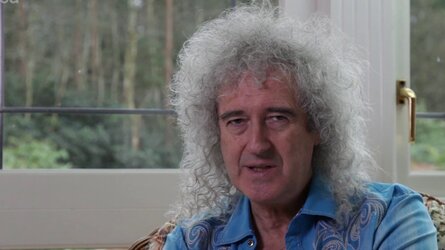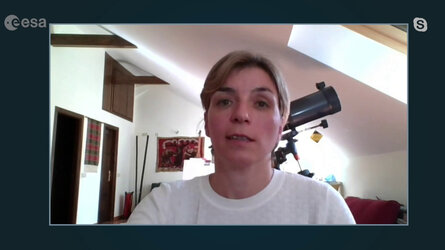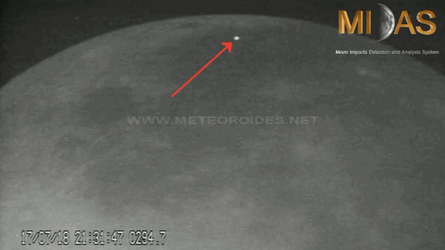Accept all cookies Accept only essential cookies See our Cookie Notice

About ESA
The European Space Agency (ESA) is Europe’s gateway to space. Its mission is to shape the development of Europe’s space capability and ensure that investment in space continues to deliver benefits to the citizens of Europe and the world.
Highlights
ESA - United space in Europe
This is ESA ESA facts Member States & Cooperating States Funding Director General Top management For Member State Delegations European vision European Space Policy ESA & EU Space Councils Responsibility & Sustainability Annual Report Calendar of meetings Corporate newsEstablishments & sites
ESA Headquarters ESA ESTEC ESA ESOC ESA ESRIN ESA EAC ESA ESAC Europe's Spaceport ESA ESEC ESA ECSAT Brussels Office Washington OfficeWorking with ESA
Business with ESA ESA Commercialisation Gateway Law at ESA Careers Cyber resilience at ESA IT at ESA Newsroom Partnerships Merchandising Licence Education Open Space Innovation Platform Integrity and Reporting Administrative Tribunal Health and SafetyMore about ESA
History ESA Historical Archives Exhibitions Publications Art & Culture ESA Merchandise Kids Diversity ESA Brand Centre ESA ChampionsLatest
Space in Member States
Find out more about space activities in our 23 Member States, and understand how ESA works together with their national agencies, institutions and organisations.
Science & Exploration
Exploring our Solar System and unlocking the secrets of the Universe
Go to topicAstronauts
Missions
Juice Euclid Webb Solar Orbiter BepiColombo Gaia ExoMars Cheops Exoplanet missions More missionsActivities
International Space Station Orion service module Gateway Concordia Caves & Pangaea BenefitsLatest
Space Safety
Protecting life and infrastructure on Earth and in orbit
Go to topicAsteroids
Asteroids and Planetary Defence Asteroid danger explained Flyeye telescope: asteroid detection Hera mission: asteroid deflection Near-Earth Object Coordination CentreSpace junk
About space debris Space debris by the numbers Space Environment Report In space refuelling, refurbishing and removingSafety from space
Clean Space ecodesign Zero Debris Technologies Space for Earth Supporting Sustainable DevelopmentApplications
Using space to benefit citizens and meet future challenges on Earth
Go to topicObserving the Earth
Observing the Earth Future EO Copernicus Meteorology Space for our climate Satellite missionsCommercialisation
ESA Commercialisation Gateway Open Space Innovation Platform Business Incubation ESA Space SolutionsLatest
Enabling & Support
Making space accessible and developing the technologies for the future
Go to topicBuilding missions
Space Engineering and Technology Test centre Laboratories Concurrent Design Facility Preparing for the future Shaping the Future Discovery and Preparation Advanced Concepts TeamSpace transportation
Space Transportation Ariane Vega Space Rider Future space transportation Boost! Europe's Spaceport Launches from Europe's Spaceport from 2012Latest

Space Safety for the Moon
Thank you for liking
You have already liked this page, you can only like it once!
Establishing a human presence at the Moon is a formidable challenge. The Moon lacks Earth’s thick atmosphere and magnetic field, leaving human explorers and their technology at greater risk from solar radiation, asteroid impacts and debris in orbit.
ESA established its Space Safety programme to address these hazards at Earth, but it will also play an important role in safeguarding human exploration at the Moon and beyond.
Space Weather
One of the greatest threats to astronauts and satellites at the Moon is the Sun. Unlike Earth, the Moon lacks a magnetic field and atmosphere to shield it from the energetic charged particles of the solar wind. These particles pose a hazard to astronaut health and to the sensitive electronics inside satellites and infrastructure on the surface.
ESA is developing new ways to monitor and forecast large space weather events, such as its Vigil satellite. Increasing our advanced warning of a severe event will give astronauts outside Earth’s protective magnetic bubble time to retreat to safe, radiation-hardened environments inside their space station or below the lunar surface.
“Reliable space weather forecasting services are a necessity for the exploration and long-term habitation of the Moon,” says Juha-Pekka Luntama, Head of ESA’s Space Weather Office.
Planetary Defence
The Moon’s surface is also bombarded by small asteroids that would burn up in the atmosphere if they struck Earth.
ESA's NELIOTA project analysed flashes of light created by small objects striking the Moon’s surface for more than six years. The results of the project will help researchers estimate the scale and frequency of lunar asteroid impacts, which will be important information for the design of lunar bases.
“Even small asteroids ranging in size from tens of centimetres to a few metres can be hazardous for infrastructure on the Moon. This research will help us better understand how many of them are out there,” says Richard Moissl, Head of the ESA Planetary Defence Office.
Future lunar structures are likely to be built underground to provide shielding against radiation and smaller impacts but monitoring and mitigating the risk of larger asteroids remains a priority.
The Lunar Gateway space station, located far from the interference of Earth’s lights and atmosphere, could be the perfect place to keep watch for hazardous asteroids heading towards Earth or the Moon.
Space Debris
The region between Earth and the Moon – cislunar space – will become increasingly busy with human and resource traffic in the coming decades. This region is not protected by modern space debris guidelines and is already littered with rocket bodies and smaller objects that must be monitored to protect spacecraft travelling to the Moon.
A collision between satellites in orbit around the Moon would be a disaster. Due to the Moon’s weak gravity and thin atmosphere, the motion of space debris fragments would quickly become unpredictable. Debris will also linger in orbit for a long time, creating a long-term hazard to crewed and uncrewed missions.
“Prolonged human activity at the Moon will require space debris monitoring and space traffic coordination,” says Tim Flohrer, Head of ESA’s Space Debris Office. “We will need to extend the principles of ESA’s Zero Debris approach to cislunar and lunar space.”
Clean Space
Establishing a human presence on the Moon will require a significant number of new missions, rocket launches and innovative spacecraft. To reduce the environmental impact of these space activities, ESA's Clean Space Office develops new technologies to minimise the impact of production, protect lunar orbits and reuse objects disposed on the surface of the Moon.
“We are dedicated to preserving a clean and safe environment on Earth and in space for future generations,” says Tiago Soares, Head of ESA’s Clean Space Office. "Our ultimate goal is the establishment of a circular economy in which satellites can be manufactured, refurbished and recycled directly in space, including on and around the Moon.”
Forward to the Moon
By developing advanced warning systems for solar radiation, monitoring potentially hazardous asteroids and implementing strategies to minimise and manage environmental impacts, ESA’s Space Safety programme will help secure a safe and sustainable future around Earth, on the Moon and across the Solar System.
-
CREDIT
ESA -
LICENCE
ESA Standard Licence

Satellite, once asteroid, in fact old rocket to the Moon

ESA’S HERA MISSION: THE REASON WHY

ESA Asteroid Day Programme - Spanish

Ten things you didn’t know about the Moon – Moon flashes















 Germany
Germany
 Austria
Austria
 Belgium
Belgium
 Denmark
Denmark
 Spain
Spain
 Estonia
Estonia
 Finland
Finland
 France
France
 Greece
Greece
 Hungary
Hungary
 Ireland
Ireland
 Italy
Italy
 Luxembourg
Luxembourg
 Norway
Norway
 The Netherlands
The Netherlands
 Poland
Poland
 Portugal
Portugal
 Czechia
Czechia
 Romania
Romania
 United Kingdom
United Kingdom
 Slovenia
Slovenia
 Sweden
Sweden
 Switzerland
Switzerland

























